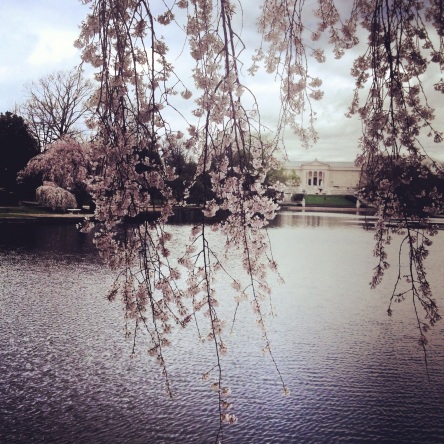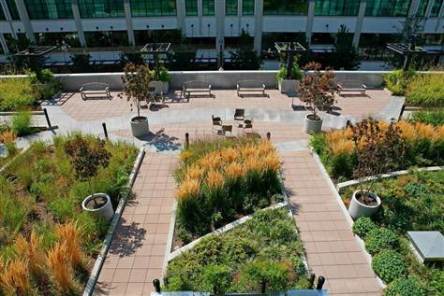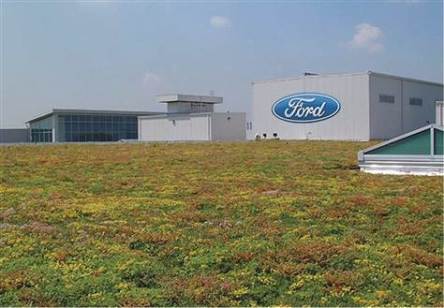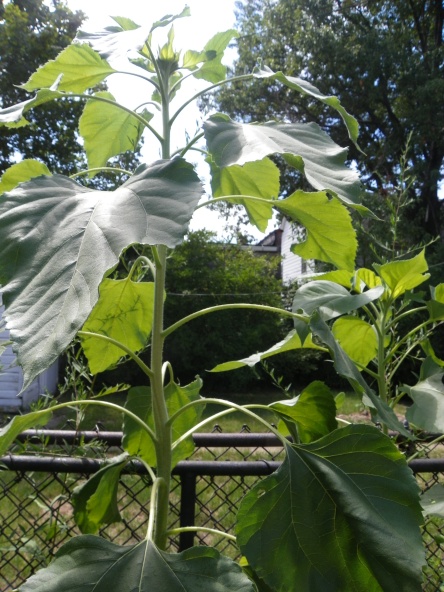My grandma and I were making a trip out to Ohio yesterday when I stopped at Get Go to fill up one of our Audis with her Fuel Perks. Get Go and Sheetz have always had my admiration for how they create savings for customers as a way to keep business in their favor. With fuel prices always rising and falling, saving at the pump regardless of the prices is an attractive choice. I’ve long given up watching the fuel prices and accepted that driving a car with Premium petrol requirements and fueling up at competitive stores with competitive prices is always going to leave me paying a hefty bill. I’ve also driven enough in Europe to realize our fuel prices are – relatively speaking – outrageously low, even in California. Still, how to maximize your dollar at the pump?
First, let me just say: I am actually a fan of rising gas prices. Before you grumble too much, consider what these prices are implying: Sure, you can argue it’s the oil industry being the king that it is and taking what it can from the common people. But doesn’t it also come down to demand? Not only do prices rise when we keep burning up gas at higher rates than we usually consume and/or extract it, but the prices are able to rise with our increased dependency on fuel. I think it should cost an arm and a leg to fill up your car. That’s a tiny sacrifice we make for a life of luxury that we don’t deserve and which is in turn destroying the planet. So let the oil giants live like kings for the time being. Their luxuries are short-lived, but also their investment in the business is incredibly genius. They benefit from our dependency, stupidity, and greed as a society. That makes them no less of a criminal than all of the other enterprises that thrive off of society’s demands.
But let’s talk about saving money. Part of that comes from making good choices for the environment, too. Sure, sometimes the green solution is the more expensive solution – but it’s the right solution. And it doesn’t always have to be more expensive. Sometimes it’s a matter of living with less, or just knowing how to spend less.
First, I am notorious for my miraculously low to non-existant electric and gas bills at my apartments in Cleveland. How do I do it? By living the same why I live in the country in Pennsylvania. For the life of me, I don’t understand why city people drive as much as they do. They have public transportation AND you can find five of the same stores within a five mile walk! You’d be lucky to find a house that close to where I live, let alone a sole store… but we still make do! Furthermore, city folk are all about working out. They pay for gym memberships, drive the the gym, then do the same work that they could do if they made better lifestyle choices on a daily basis. Talk about hypocrisy!
So how do I keep up my country, fuel-efficient, healthy ways in the city? First of all, I always pick do-it-yourself before anything else. Without a question, you can guarantee I walk up every flight of steps, walk to any store within a predefined radius, carry my own groceries in reusable bags, buy only what I need as I need it, buy things that are not only made or grown locally but that belong in the local climate, and I let the outdoors dictate my indoor climate as much as I can. That means I open and close windows during the summer to utilize the cool night air and the breeze without the need of fans or air conditioning, and in the winter I seal my place up and keep it as cold as I like. If you’re going to spend money on sweaters and socks, you might as well use them! I hate artificial lighting, and if you’re going to have a place with windows that let heat escape, well you might as well use those too! I do everything by natural light, save for some moments when I light candles or do turn on the electricity.
I cook my own meals from scratch and I grow most of my ingredients or harvest them from the patches of woods I find around Cleveland. I am appalled that there are people in Cleveland who have asked me, “Wait, what’s compost? You do that?” I know down to the cents per kilowatt how much energy I’m using and I maximize this energy as much as possible. If I’m making tea, I’ll use the steam off of the hot water to heat something else. If I’m baking, I’ll use the cooling oven to reheat other things or just let it dissipate to heat my room or even my socks before bed. I’d use a wood fire to cook in Cleveland if I could. Also, I prefer to take baths rather than showers. This allows me to run less water (although water is fairly recyclable in urban settings). After my bath, I use the water to hand-scrub my clothes which then hang to dry on my drying rack. I dream of the day that I can run all of my products off of a self-installed solar panel array. I also think bikes are one of the best inventions of all time.
But this doesn’t answer the question of how to save money when I’ve gotta roll out my Audi and drive somewhere, like when neither a bike nor public transportation are suitable to haul my large hockey bag across seven states for my indulging in sports. This is when I invest in Sheetz and Get Go. Back to the pump at Get Go: I’m filling up only half of a tank on my grandma’s 50-cents-off-per-gallon discount and thinking, What a waste. But my grandma is very particular about not letting the gauge go down too far and I know I’ve got to use it or she will complain. Still, 50 cents off on only eight or so gallons? I turned around to see a family with a huge truck tanking up, then unloading small gas cans and filling those too. You’re not supposed to do that because that’s how you’ll make the system bankrupt, but they do it anyway. Alas, my everlasting internal battle: social honesty or environmental responsibility? I’d have to choose the honesty here. I couldn’t milk a bargain that way without feeling guilt for how I was jeopardizing a widely-welcomed system.
However, filling up your truck – that is fair game and it’s a smart move. I’m used to using Fuel Perks on my GMC pick-up truck, all 20-some gallons of it. That’s why my tiny eight-gallon fill-up felt particularly illogical next to the F150 two pumps over. But then I started recalling warnings from my parents about not using the Fuel Perks until a lot has been saved up and I realized that’s only true in a certain regard. Honestly, you’re going to save the same amount of money regardless of the discount, right? That’s just it, though: it’s a rate. The rate may be the same, but your purchase size is what affects your savings. So no matter if you’re saving 20 cents on a eight gallon fill-up or 40 cents on a 16 gallon fill-up, you’re saving the same amount despite the different rates. What my parents were really trying to tell me is save up a lot of savings… then make a big purchase. In other words, we rack up savings here and there, then buy a large quantity of fuel to expire our savings. My little fill-up used up those savings on an unjustifiably small (if you’re not my grandma) quantity of fuel.
So do some math, weigh your values, and take the effort to do what’s right for your wallet – and the environment. The point of this entry is really just to get you thinking about your daily choices and how it’s affecting your health, your planet, and your wallet in different proportions.












































